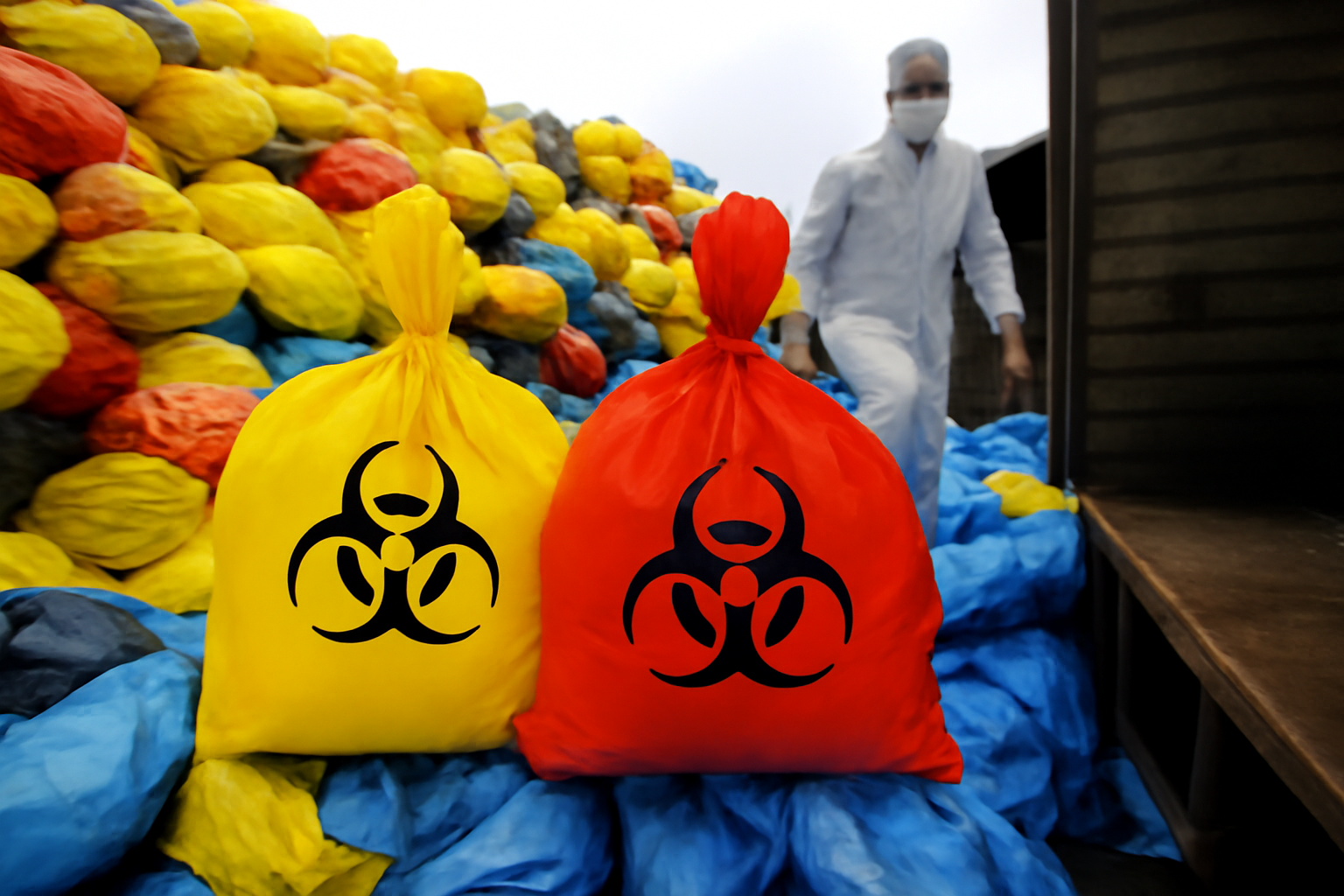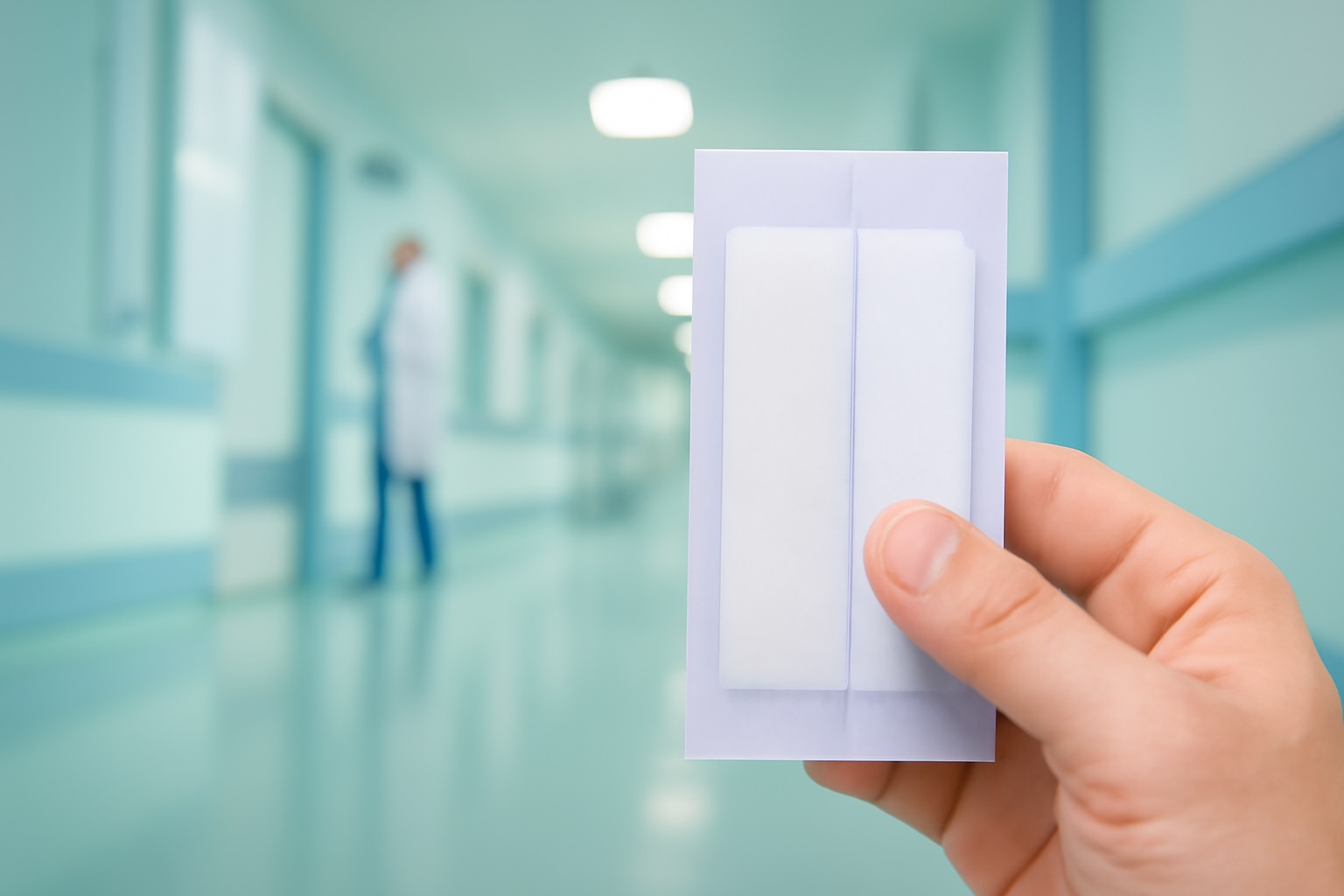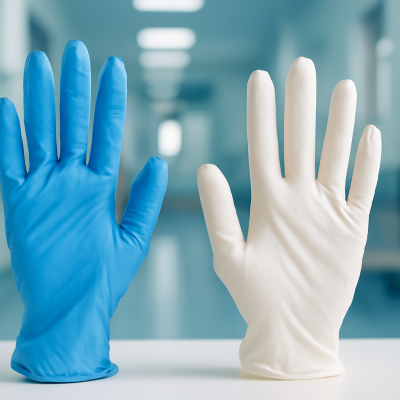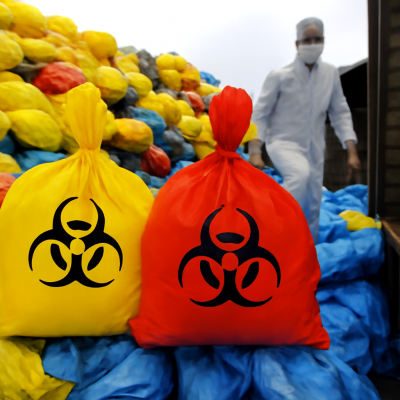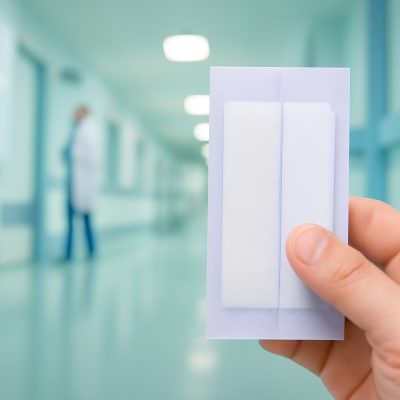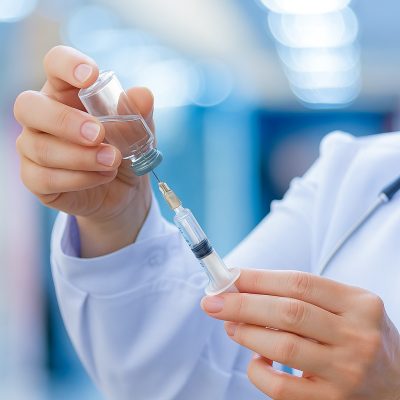We often hear the word “waste” as we produce and throw trash daily, but what exactly is biohazardous waste? How does it differ from regular waste and why is there a specific bag for it? In this article, we’ll provide an overview of biohazard bags, including when and how to use them, the different types, as well as the do’s and don’ts .
What is a Biohazard Bag?
A biohazard bag is a specially designed container used to collect biohazardous waste. Biohazardous waste refers to any material that is potentially infectious or could be a threat to human’s health, animals, or the environment due to contamination with harmful biological agents. Examples of this waste includes blood, bodily fluids, tissues, certain chemicals, and materials that are likely to carry infectious diseases.
These bags are color-coded and made from durable, leak-proof materials to safely contain waste until it can be properly sterilized and disposed of. They are typically used in healthcare settings, such as hospitals, pharmacies, lab and research facilities, opticians , and podiatrists. However, it is also common that tattoo and body piercing shop use the bag for disposing it’s waste.
When Should You Use a Biohazard Bag?
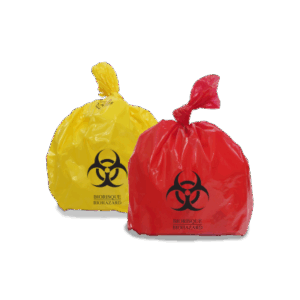
You should use a biohazard bag whenever you encounter biohazardous waste. This type of waste may include:
- Blood-soaked materials like bandages and gauze
- Tissues or other contaminated items from medical procedures
- Items from infected patients, such as surgical instruments (Blood transfusion bags, IV tubes, suction canisters) or personal protective equipment (PPE) that have been exposed to bodily fluids ( gloves, aprons, and masks)
- Animal carcasses or tissues used in research
- Pathological waste from lab waste or procedures like biopsies or amputations
- Body fluids such as blood, urine, feces, saliva, mucus, semen, vaginal secretions, and vomit
- Waste produced in rooms housing patients with infectious diseases
- Used vaccine vials
- Cleaning materials contaminated with potentially infectious waste, including swabs, tissues, gauze, and bandages
- Sharps waste such as needles and broken glass (which should be placed in a sharps bin before going into a biohazard bag)
Any item that fits this description should be disposed of in a biohazard bag to ensure proper containment and prevent contamination. If you’re unsure whether something is biohazardous, it’s better to be cautious and place it in a biohazard bag.
However, there are certain items that SHOULD NOT be placed in the bag, including :
- Non-hazardous household waste, such as food wrappers or paper towels
- Chemicals not labeled as hazardous or biohazardous
- Batteries, electronics, or plastic materials not contaminated by hazardous substances
Types of Biohazard Bags
Biohazard bags come in several colours, each designed for specific types of waste and purpose . There are two most common types of biohazard bags, Red and Yellow :
-
Red Biohazard Bags:
These are the most commonly used bags and are used to collect pathological waste such as blood, tissues, bodily fluids (semen, saliva, etc) , or medical items that have come in contact with them (swabs, gloves, drapes, etc). Apart from this, animal carcasses and organs are also compiled in this type of bag.
Clinical waste like alcohols, radioactive waste, solvents, pharmaceutical waste, food wrappers and beverage containers are not to be put in these bags.
Red biohazard bags are usually made from a thicker and durable polyethylene material to ensure that harmful pathogens are securely contained.
2. Yellow Biohazard Bags:
These bags are used for disposing clinical waste that is not pathological in nature but still poses a risk of contamination. This includes contaminated medical devices, swabs, soiled gloves, and pharmaceutical waste. It can also be used to collect IV lines and fluid bags, syringes, and metallic parts.
Yellow bags are often marked with the term “clinical waste” and should not be used for anatomical, pathological waste, domestic waste, placental waste, and non-infectious waste.
How to Use a Biohazard Bag
Using a biohazard bag correctly is crucial for preventing the spread of contamination. Here’s a quick guide on how to use a biohazard bag:
- Make sure the item you’re disposing of is biohazardous, based on the criteria mentioned earlier.
- Carefully add the waste into the bag, make sure not to overfill it. Bags should be no more than three-quarters full so it can be sealed properly
- Once the bag is full, securely tie or seal the bag to prevent any leakage or spilling
- For extra protection, put the sealed bag in a secondary container ( like a rigid bin ) before arranging for professional waste disposal service.
Dos and Don’ts While Handling Biohazard Bags
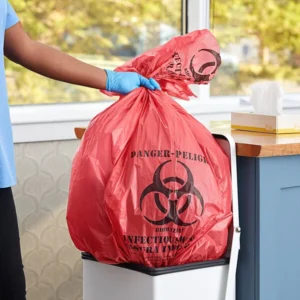
Handling biohazard bags properly is critical to maintaining safety. Here are some key dos and don’ts:
Do’s:
- Wear protective gear (gloves, face mask, apron, and eye protection) when handling or disposing of biohazardous waste.
- Label all bags clearly with the biohazard symbol to be easily identified.
- Seal the bags tightly to prevent leaks and spills.
- Use double bags for particularly hazardous or sharp waste to minimize the risk of punctures or leaks.
- Dispose of biohazard bags only in designated medical waste containers, not in regular trash bins.
Don’ts:
- Do not overfill the bags. Ensure there is enough space for the bag to be sealed tightly.
- Avoid mixing biohazardous waste with regular waste, as this can lead to contamination and improper disposal.
- Never dispose of biohazard bags in municipal trash systems. They should only be picked up by licensed medical waste disposal companies.
To sum it up, ensuring biohazardous waste is disposed of properly with the right type of bag is vital for both human health and environmental safety. By understanding the dos and don’ts, the types of biohazard bags, and the steps for proper usage, you can play an important role in safeguarding your surroundings. Proper disposal isn’t just a responsibility, but a key step in creating a safer, healthier environment for everyone.

